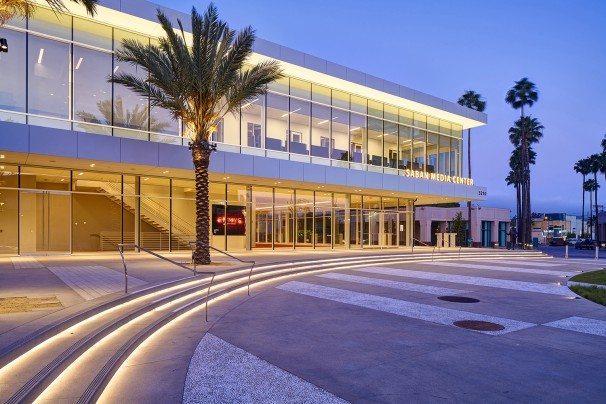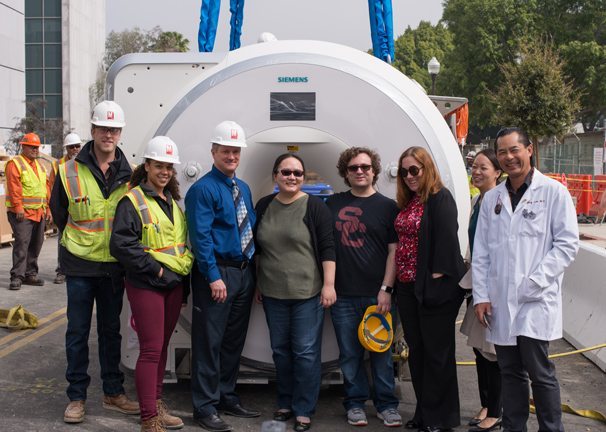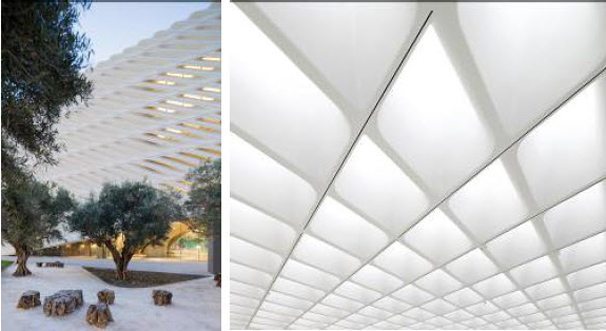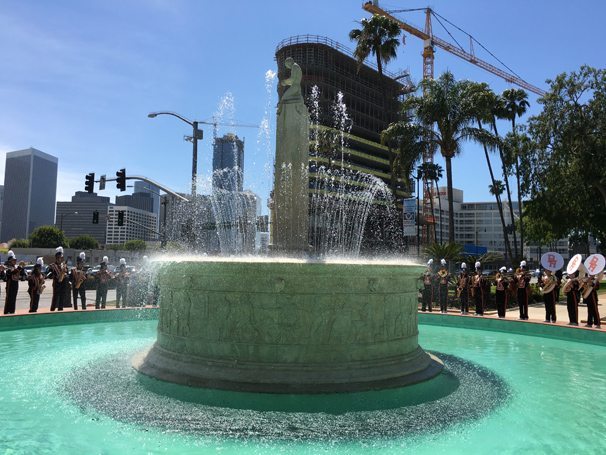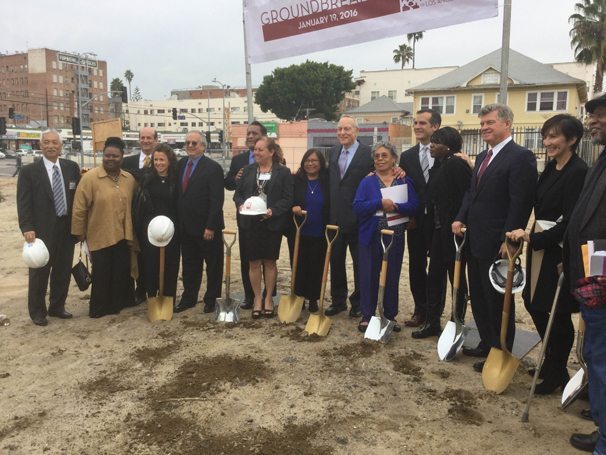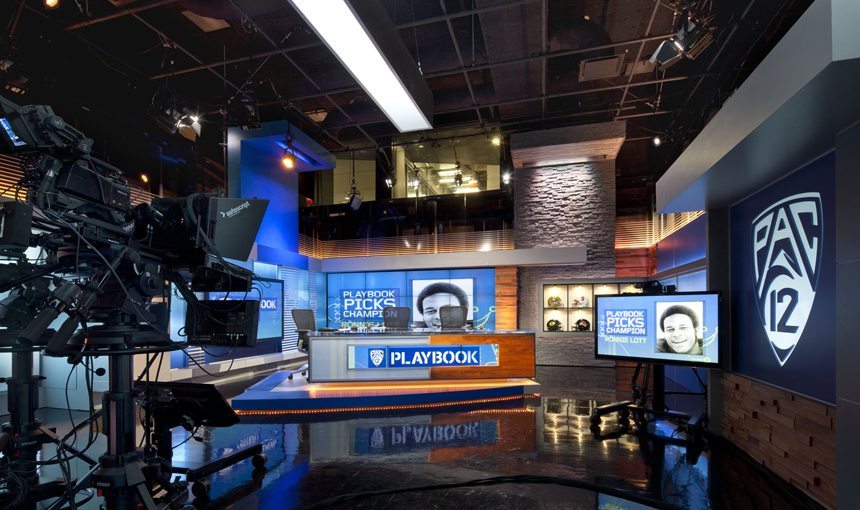
Photo credit: Nathaniel Riley
Location
Universal City
Owner
NBCUniversal, Inc.
Architect
Bastien & Associates
Project Size
61,766 SF
ViewCrunching the Numbers: Studio Construction
MATT's Hakim Khalil Contributes To Major HLW Media Production Facility Cost Report
World-renowned architecture firm HLW regularly publishes a Media Production Facility Cost Report. For the last three reports, MATT Construction’s Senior Vice President of Estimating, Hakim Khalil, has played a central role in consulting on the large-scale side of construction costs. With decades of experience in helping major studios and networks to develop state-of-the-art facilities, he has shared some insights and highlights from developing the report.
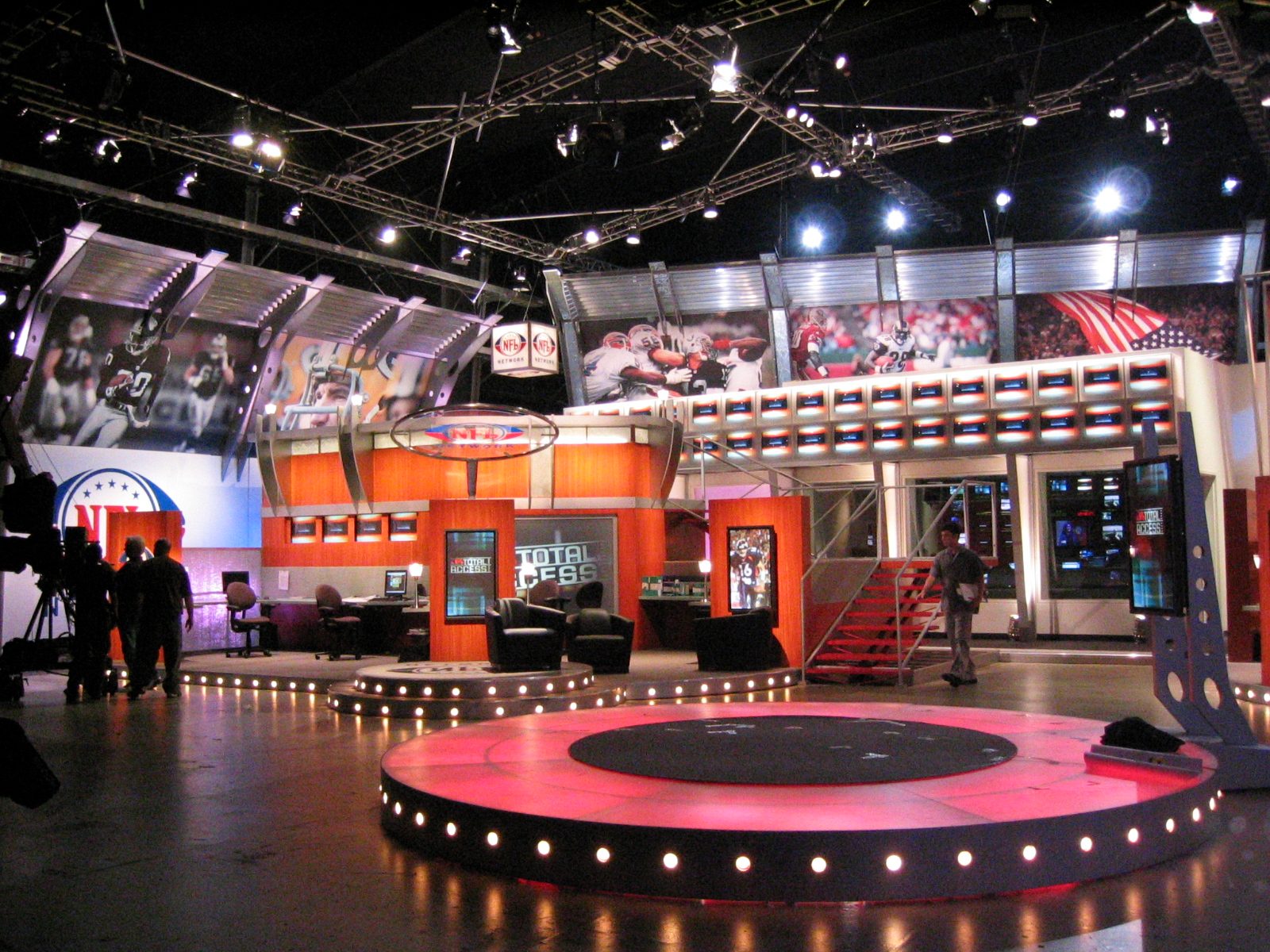
Cool Runnings: How To Keep the System From Overloading
A studio space needs to inspire creativity, but it also needs to function under the duress of staggering daily operations. Some of the most critical trades in building large-scale spaces for film and television production are mechanical and electrical. Master control rooms, edit bays, sound stage lighting grids—not only do they demand a great deal of power, but they can easily overheat and malfunction. The time and money cost of such a glitch is simply unacceptable. It is also easily avoided through proper design emphasis. Khalil recommends getting subcontractors on board very early in the process to work alongside the design team in understanding the end-user’s needs and assessing the feasibility of implementation.

Double Indemnity: Preparing For Potential Power & Systems Failures
Another crucial step to avoid potentially devastating losses? Back-up units. In construction, financial contingencies help to keep the project on budget while allowing for unforeseeable hiccups that may arise when, for example, a team hits a pocket of methane in the La Brea Tar Pits. Similarly, a high-functioning studio should operate under the assumption that the power may fail. A live broadcast should not be interrupted because of a signal issue or air handler breakdown. Khalil operates under the mentality that, “If it requires two chillers, you may need two extra chillers on standby.” Incorporating redundancies, such as a series of backup generators and similar fail-safes, will help to prevent a catastrophic halt to filming or post-production if some external event throws a wrench in the process.
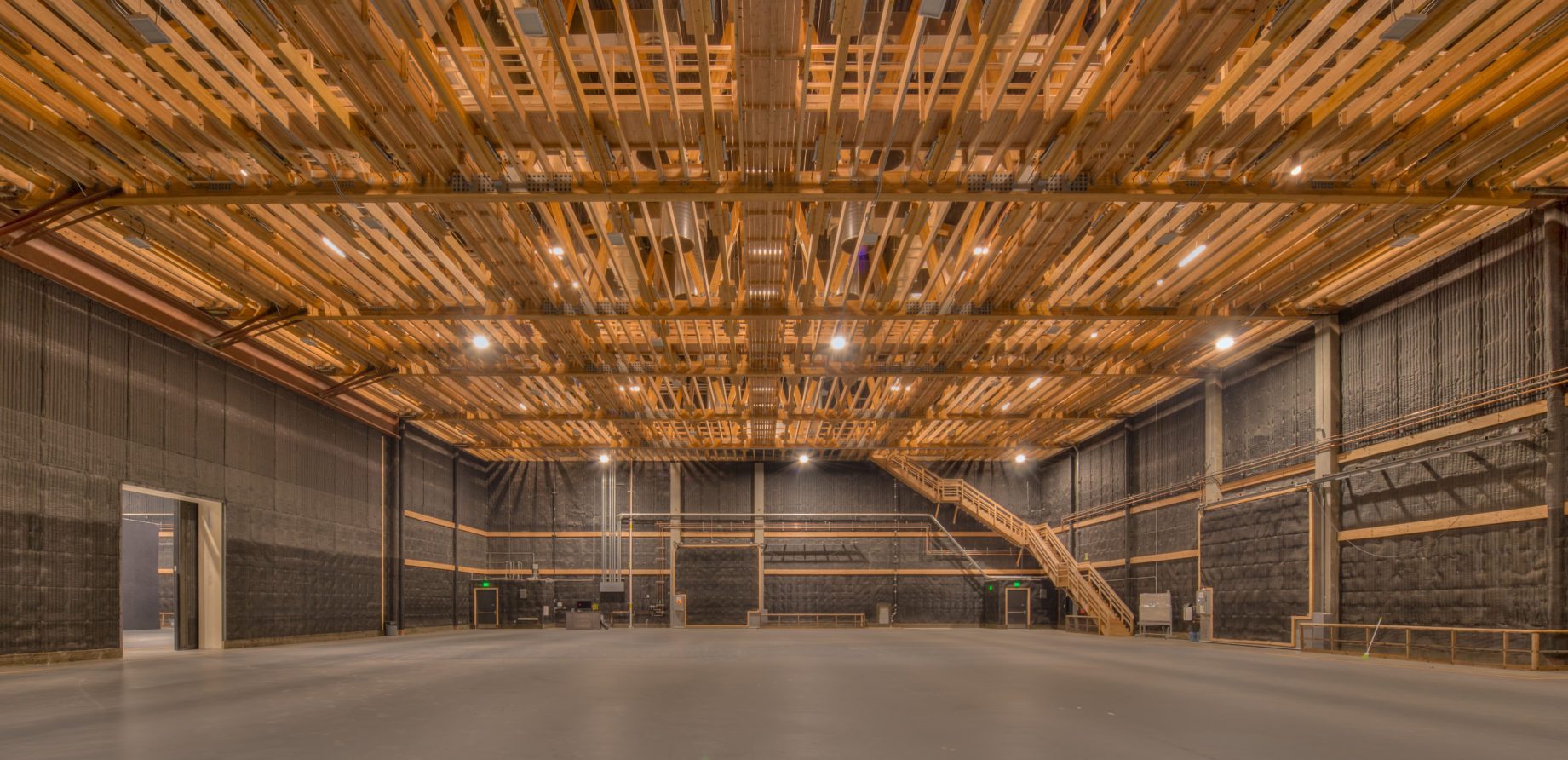
Photo credit: Nathaniel Riley
Back To the Future: How To Outfit Studios For the Coming Decades
In an ever-shifting technological landscape, it’s hard enough to keep apace with the latest iteration of a cell phone. Trying to build a space that can predict and accommodate future leaps in technology seems like a feat of sorcery when you look back at changes since 2000 alone. With more and more people streaming content directly to their devices, viewership platforms have irrevocably and radically altered the game of content creation. Rather than attempting the impossible, i.e. to see into the future of media, Khalil urges anyone working on a studio design to focus on one key element: flexibility.
Rigid spaces make adaptation difficult. Configuring a design around an idea of current needs without factoring in the possibility of change will only create major renovation headaches down the line, taking time and money away from production mode. Khalil instead suggests building infrastructure that both serves current needs and is fluid enough to evolve. The end-user can guide design in the right direction. If, for example, robotics will be used to store and pull tapes or insert them into machines, the infrastructure of the space around them should suit that automation process. Build right, build to last. Build the proper sizing for switch gears and air handlers that will endure and also handle growth. Build open workspaces to encourage collaboration and make potential renovations easier down the line.
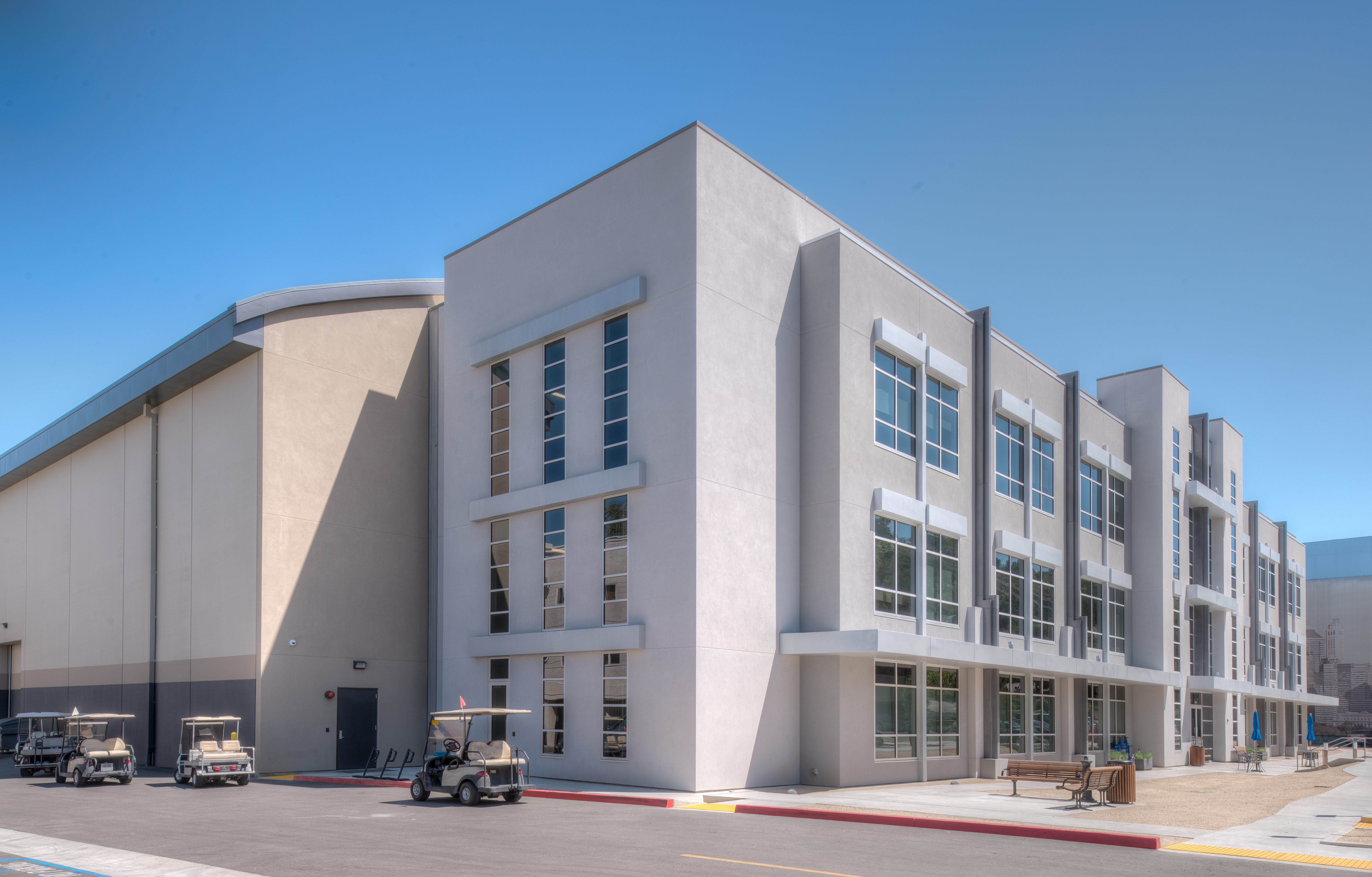
Photo credit: Nathaniel Riley
Supporting Roles: How a General Contractor Can Help
Hakim Khalil believes in building relationships and trust: “Be honest, be open, be up front from day one.” That’s the best way to keep a project on track from the earliest stages. Equally key for any general contractor working on a cutting-edge media facility would be to come in early, preferably at the conceptual stage. Rigorous preconstruction analysis helps key players to understand both the building system and the end-user needs, then assess for cost and constructability with regard to the schedule. Massive generators and chillers, complex wiring and satellite arrays may all factor into feasibility of the architect’s vision. What is the value added of a given design element, and what is the premium? Can it fit within the scope? If any clashes occur between must-have equipment and layout, it may be time to rethink the schematics from a logistical standpoint. Once the team has established a harmonious view of the project’s mission, the process can move forward with clarity and confidence.
Through years of heavy-duty, shovel-in-dirt experience, MATT has become a go-to in large-scale media construction. From Universal City to San Francisco, MATT’s crews have collaborated with major studios all along the California coastline. In Culver City, MATT partnered with HLW to build the first 24-hour, year-round television studio for the NFL Network, equipping the client with stage and studio lighting, editing bays, a graphics suite, a voice-over room, a central equipment and mechanical room and control rooms. MATT’s team also constructed a new TV studio for the Four Seasons in Westlake Village, the purpose of which is to create and distribute health and wellness programming. The $34 million design-build project is one of the largest and most modern in Southern California and holds a sound stage, production and post-production areas. MATT has played recurring roles at NBCUniversal, most recently completing Area 51—its first new sound stages in 50 years—along with a production support building, going from foundation-only permit to move-in ready in seven months. Another fast-track project, the Pac-12 Network Studio in San Francisco, had an 18-week timeline for MATT to carry out construction of production, post-production and broadcast spaces.
MATT’s team looks forward to the challenges ahead, compiling takeaways from each jobsite and contributing to the ongoing conversation as media production evolves over the coming years.




